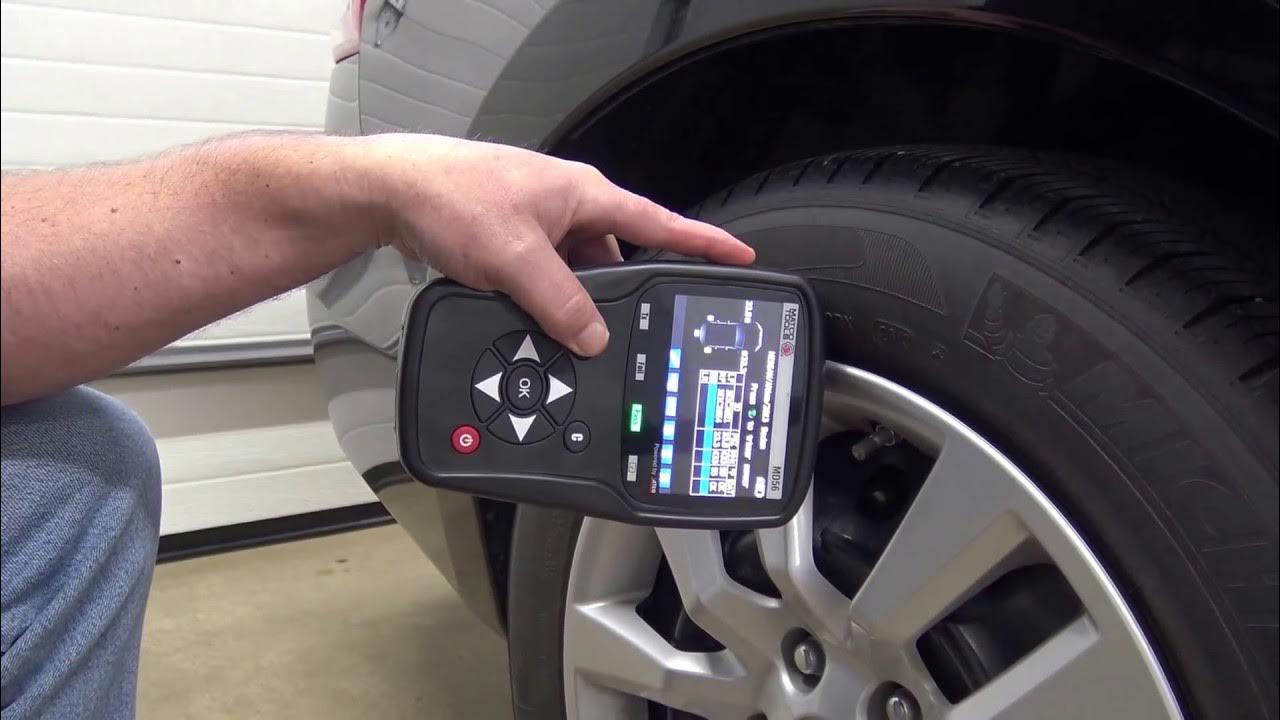Understanding the Dynamics of the Tire Pressure Monitoring System (TPMS) Market
The global automotive landscape is evolving rapidly, driven by technological innovations, regulatory changes, and rising consumer awareness. Among the many advancements enhancing vehicle safety and performance, the Tire Pressure Monitoring System (TPMS) has emerged as a vital component. Designed to monitor the air pressure inside pneumatic tires and alert drivers of under-inflation, TPMS plays a crucial role in reducing the risk of tire-related accidents, improving fuel efficiency, and prolonging tire life. This blog explores the key market dynamics shaping the growth and transformation of the TPMS industry.
Regulatory Landscape Driving Adoption
One of the most influential factors in the growth of the tire pressure monitoring system market is regulatory enforcement. Governments around the world have recognized the safety and environmental benefits of maintaining proper tire pressure. In the United States, TPMS became mandatory for all new passenger cars and light trucks starting in 2007 under the TREAD (Transportation Recall Enhancement, Accountability and Documentation) Act. Similarly, the European Union mandated TPMS in all new models from November 2012 and in all new vehicles from November 2014.
These regulations have significantly boosted the demand for TPMS solutions, particularly in developed markets. Emerging economies are following suit, with countries like China, India, and Brazil introducing or considering similar safety standards. As global regulations tighten, the TPMS market is expected to witness continued expansion, especially in regions where vehicle safety norms are still evolving.
Technological Advancements and Innovation
Innovation is another key driver of the TPMS market. Traditionally, there are two types of systems: direct TPMS, which uses sensors mounted on each tire to monitor pressure, and indirect TPMS, which estimates pressure based on wheel speed and other data from the vehicle's anti-lock braking system (ABS). While direct systems are generally more accurate, indirect systems are less expensive and easier to integrate.
Recent advancements are pushing the boundaries of TPMS capabilities. Modern systems are increasingly integrated with other vehicle systems and offer real-time monitoring, data logging, wireless communication, and smartphone integration. The use of advanced materials, miniaturized sensors, and energy-efficient technologies is also reducing cost and enhancing reliability.
Moreover, the rise of connected vehicles and the Internet of Things (IoT) is enabling TPMS to become a part of broader vehicle health monitoring ecosystems. Fleet operators, for example, are leveraging TPMS data for predictive maintenance and operational efficiency.
Rising Consumer Awareness
Consumer attitudes are also shifting. Today’s vehicle buyers are more informed and safety-conscious than ever before. Awareness of tire safety and the benefits of maintaining optimal pressure is increasing, not just among individual vehicle owners but also within commercial fleets.
Increased focus on fuel efficiency and sustainability is further accelerating this trend. Under-inflated tires can lead to higher fuel consumption and increased CO₂ emissions. TPMS helps mitigate these concerns, making it an attractive feature in both personal and commercial vehicles.
Challenges and Restraints
Despite the positive outlook, the TPMS market is not without challenges. Cost remains a significant barrier, particularly in price-sensitive markets. While indirect TPMS offers a more affordable option, its lower accuracy compared to direct TPMS can limit its appeal in safety-critical applications.
Maintenance and replacement costs can also be an issue. TPMS sensors have limited battery life and may need replacement every 5–10 years, which adds to the total cost of ownership. Additionally, aftermarket TPMS installations can be complicated and may require recalibration or special tools.
Another challenge is the lack of standardization across different TPMS technologies and vehicle platforms. This can lead to compatibility issues, especially in the aftermarket segment.
Market Outlook
Looking ahead, the global TPMS market is poised for steady growth. Analysts project a compound annual growth rate (CAGR) of around 8–10% over the next five years, with the market size reaching several billion dollars. This growth will be driven by a combination of regulatory mandates, technological innovation, and rising consumer demand.
The market is also witnessing increased activity from automotive OEMs and technology providers, with many investing in R&D to develop next-generation TPMS solutions. The aftermarket segment, too, is seeing robust growth, fueled by rising vehicle ownership and the aging vehicle fleet.
Conclusion
The tire pressure monitoring system market is a dynamic and rapidly evolving space, shaped by a confluence of regulatory, technological, and consumer trends. As the automotive industry continues its transformation toward greater safety, efficiency, and connectivity, TPMS will remain a crucial component. For manufacturers, suppliers, and investors, understanding these market dynamics is essential to capitalizing on the opportunities that lie ahead.







